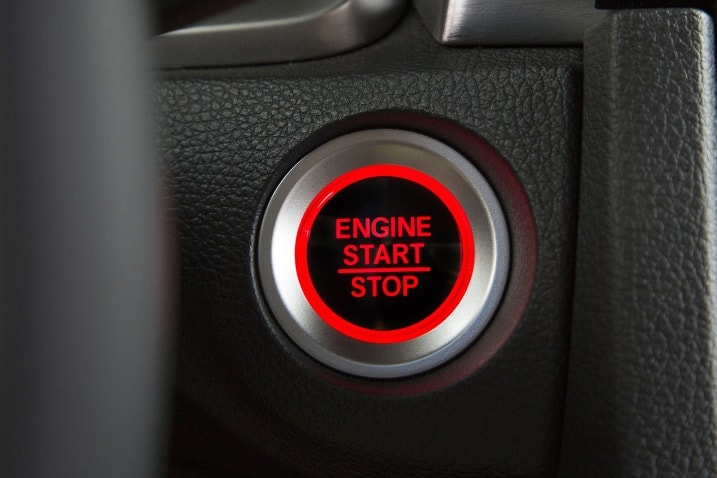The Problems With Keyless Ignition Systems
Unfortunately, there have been a number of unexpected, and sometimes tragic, dangers associated with keyless ignition. And although automakers and the National Highway Traffic Safety Administration (NHTSA) are taking measures to address these issues, you should be aware of the potential downsides to these systems.
With keyless ignition, and in light of today's exceptionally quiet engines, it's not difficult to forget to turn off the motor when leaving your car. Since 2006, more than two dozen people have died from carbon monoxide poisoning after leaving a car running in an enclosed garage that was attached to a house, and many others have suffered illness and injury.
Many people have also been injured or suffered property damage as a result of getting out of a vehicle without first putting the transmission in park. With a softly running engine and no key to disengage, drivers can inadvertently step out of the car while it's in gear, allowing it to lurch forward, dragging them along with it, and possibly running into another vehicle, wall or other obstacle.
You should also be aware that vehicles with keyless ignitions can be more vulnerable to hacking than those with conventional starting systems. Research teams have demonstrated that with the right equipment it's possible to "capture" the radio signal from a keyless fob and use that signal to open, and even start, the car. This kind of theft is a lot more complicated than smashing a window, but some determined and technically astute criminals have already broken into cars this way.
What's Being Done?
Automakers have responded to the problems associated with keyless ignitions by implementing a variety of solutions. Some models sound an alert, either by honking the horn or triggering an alarm, if the ignition fob is removed from the vehicle with the motor idling. Some vehicles are equipped with devices that automatically shift their transmissions into park when a door opens. And a few systems will automatically shut off the engine if it's left idling for more than a specified amount of time.
The NHTSA has proposed several regulations that would make some of these types of safety features mandatory for all keyless ignition systems, but to date, no federal rules have been instituted. In the meantime, automakers say they are in the process of voluntarily developing new ways to protect the public from the potential dangers of keyless entry and keyless start.
How to Protect Yourself
First and foremost, the NHTSA suggests reading your owner's manual carefully to be sure you know how to operate your vehicle's keyless ignition system properly. The agency also says it's essential to develop good driver habits, such as making sure your car is in park and the engine is shut off before departing from the vehicle. The NHTSA also suggests watching its video on basic safety tips for living with keyless ignitions.
It's also smart to research the systems while you're shopping for a new vehicle. Many of the latest models are now equipped with alarms and other safety devices that prevent drivers from leaving them running or in gear: If the cars you're considering have keyless ignition systems, make sure your next car has these kinds of safeguards, too.



 by
by 
